This article was co-authored by Robert Dhir, MD and by wikiHow staff writer, Janice Tieperman. Dr. Robert Dhir is a board certified Urologist, Urological Surgeon, and the Founder of HTX Urology in Houston, Texas. With over 10 years of experience, Dr. Dhir’s expertise includes minimally-invasive treatments for enlarged prostate (UroLift), kidney stone disease, surgical management of urological cancers, and men’s health (erectile dysfunction, low testosterone, and infertility). His practice has been named a Center of Excellence for the UroLift procedure, and is a pioneer in non-surgical procedures for ED using his patented Wave Therapy. He earned his undergraduate and medical degrees from Georgetown University and was awarded honors in pre-medical studies, urology, orthopedics, and ophthalmology. Dr. Dhir served as chief resident during his urological surgical residency at University of Texas at Houston / MD Anderson Cancer Center in addition to completing his internship in general surgery. Dr. Dhir was voted Top Doctor in Urology for 2018 to 2019, one of the top three Best Rated Urologists in 2019 & 2020 for Houston Texas, and Texas Monthly has named him to the 2019 & 2020 Texas Super Doctors Rising Stars list.
There are 14 references cited in this article, which can be found at the bottom of the page.
This article has been viewed 10,959 times.
Unexpected pain is never pleasant, but testicular pain can be especially nerve-wracking. Still, there’s no need to panic. We’re here to walk you through the symptoms and possible treatment plans, so you can get back to feeling comfortable and relaxed.
Steps
How can I ease testicular pain at home?
-
1
-
2Cushion your scrotum with an athletic supporter or towel. Experts suggest slipping into an athletic supporter, which may help with some of the swelling and discomfort during the day. When you head to bed, slide a rolled-up towel beneath your scrotum for extra support.[3]
- You can buy athletic supporters online, or at most big-name retail stores.
-
3Take over-the-counter painkillers. Acetaminophen and NSAIDs can provide quick relief for your testicular pain. To be safe, always double-check the dosage instructions, and don’t take more than the recommended amount of medication in a single day.[4]
Do I need to go to the emergency room?
-
1Call emergency services if your testicular pain is really sudden and severe. Sudden, extreme testicular pain might be caused by testicular torsion, or when one of your testicles twists and doesn’t get enough circulation. Testicular torsion is really serious, and needs to be examined and treated by a doctor right away.[5]
-
2Get immediate help if you notice other symptoms, like nausea. If you experience nausea, chills, fever, and/or bloody urine in addition to testicular pain, you should get help right away. These symptoms definitely aren’t normal, and you shouldn’t try to wait them out at home.[6]
- Some pain caused by fluid buildup around your testicles may need to be drained if they're causing too much discomfort.[7]
When should I go to the doctor for testicular pain?
-
1Call your regular doctor if the pain lasts for a few days. A few hours or even a couple of days of mild testicle pain is one thing, but day after day of pain definitely isn’t normal. A doctor can help you figure out what’s going on, and suggest a helpful treatment plan.[8]
-
2Schedule a doctor’s appointment if you notice swelling or a lump. These symptoms aren’t signs of an immediate medical emergency, but they shouldn’t leave them unchecked, either. At your earliest convenience, meet with your doctor so you can figure out what the problem is.[9]
- This could be a sign of a hydrocele, which is when fluid builds up around your testicles and feels like a water balloon.[10]
Why does one side of my balls hurt?
-
1It’s probably testicular torsion or another injury. Testicular torsion tends to pop up in your left testicle, and doesn’t usually occur in both. It could also be a case of testicular appendage torsion, where you’ll notice a lot of pain in 1 testicle, as well as a distinct, firm lump on top. One of your testicles might also hurt after a sports injury or other random accident.[11]
- If lifting up your scrotum relieve pain, immediately seek medical help since it requires surgery.
-
2Infections, prostatitis, or kidney stones might be the problem. STDs like chlamydia and gonorrhea can infect and inflame parts of your testicles. An inflamed prostate, or prostatitis, or kidney stones might also be the culprit.[12]
What if I have chronic testicular pain?
-
1Ask your doctor about microsurgical denervation of the spermatic cord. During this procedure, a surgeon will cut into your testicular nerves, which should lower your overall pain by at least 50%. After the treatment, some people find that their pain goes away almost completely.[17]
-
2Figure out a pain management plan with your doctor. If other treatments don’t work, your primary doctor can help you outline a long-term plan, so you’ll have the pain medication that you need.[18]
- A pain management plan is typically used as a last resort, if treatments like microsurgical denervation don’t work.
References
- ↑ https://myhealth.alberta.ca/Health/aftercareinformation/pages/conditions.aspx?hwid=abl3307
- ↑ https://medlineplus.gov/ency/article/003160.htm
- ↑ https://medlineplus.gov/ency/article/003160.htm
- ↑ https://my.clevelandclinic.org/health/symptoms/16292-testicular-pain
- ↑ https://my.clevelandclinic.org/health/diseases/15382-testicular-torsion
- ↑ https://my.clevelandclinic.org/health/articles/9126-testicular-disorders
- ↑ Robert Dhir, MD. Board Certified Urologist & Urological Surgeon. Expert Interview. 23 September 2020.
- ↑ https://my.clevelandclinic.org/health/symptoms/16292-testicular-pain#when-to-call-the-doctor
- ↑ https://my.clevelandclinic.org/health/symptoms/16292-testicular-pain#when-to-call-the-doctor
- ↑ Robert Dhir, MD. Board Certified Urologist & Urological Surgeon. Expert Interview. 23 September 2020.
- ↑ https://myhealth.ucsd.edu/RelatedItems/3,90446
- ↑ https://medlineplus.gov/ency/article/003160.htm
- ↑ https://www.urologyhealth.org/urology-a-z/e/epididymitis-and-orchitis
- ↑ https://my.clevelandclinic.org/health/symptoms/16292-testicular-pain#possible-causes
- ↑ https://my.clevelandclinic.org/health/diseases/15382-testicular-torsion#management-and-treatment
- ↑ https://www.betterhealth.vic.gov.au/health/ConditionsAndTreatments/testicle-injuries-and-conditions
- ↑ https://healthcare.utah.edu/menshealth/conditions/chronic-testicular-pain.php#microsurgicaldenervationofthespermaticcord
- ↑ https://healthcare.utah.edu/menshealth/conditions/chronic-testicular-pain.php#painmanagementforchronicscrotalandtesticularpain
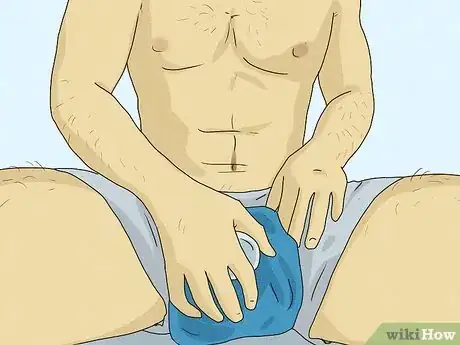
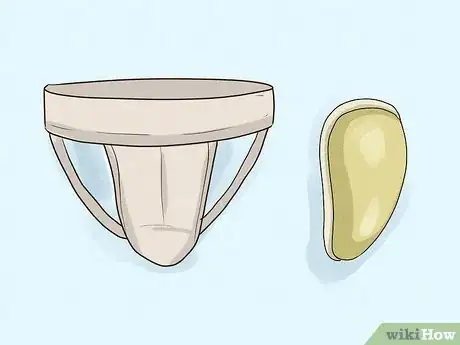
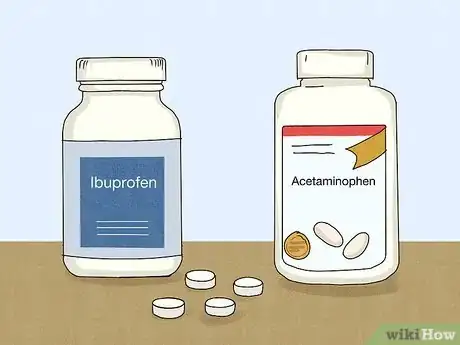
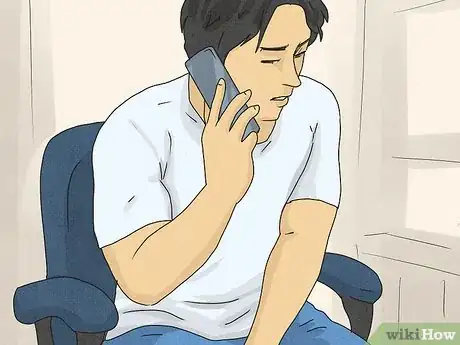
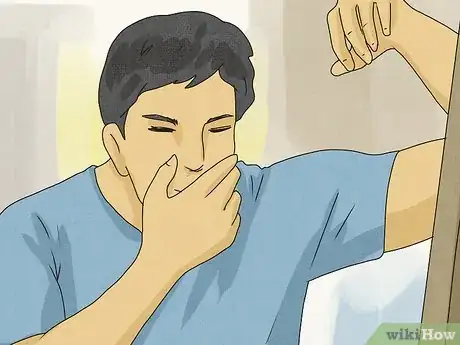

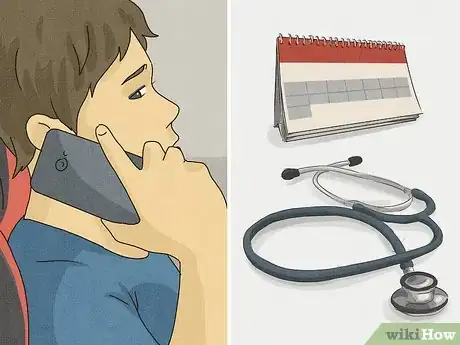
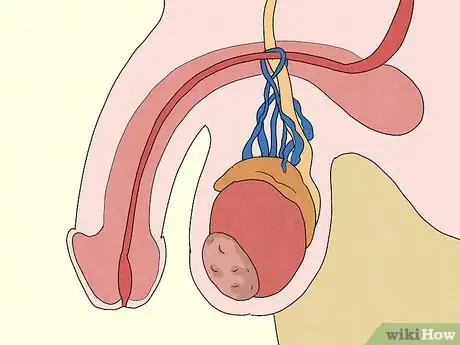
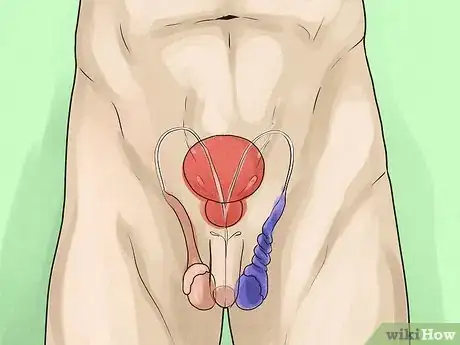
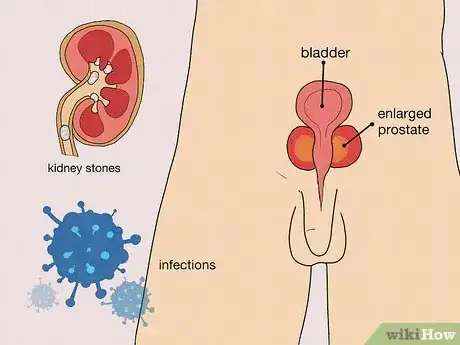

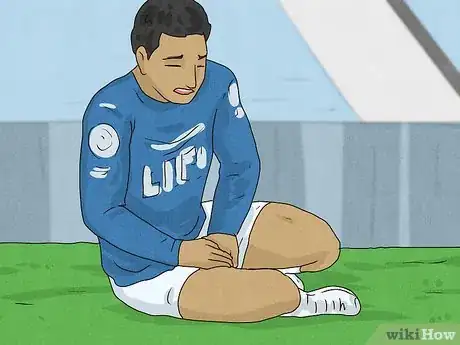

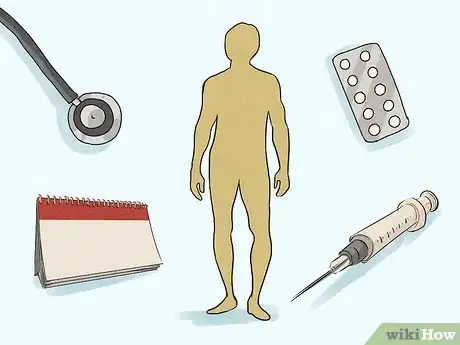
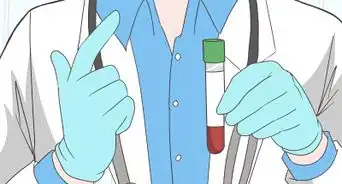

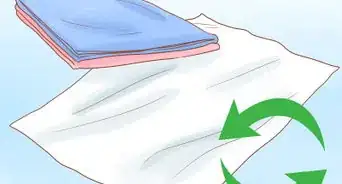
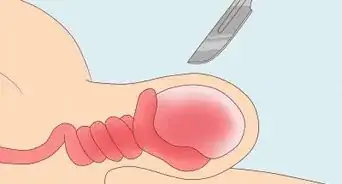
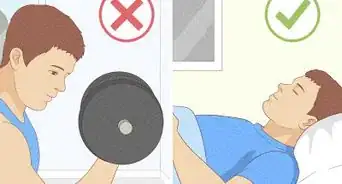

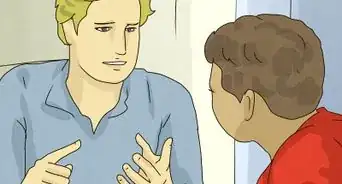
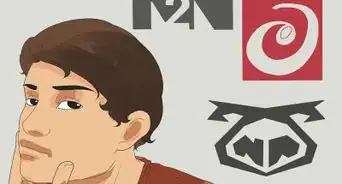
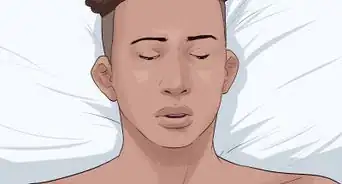
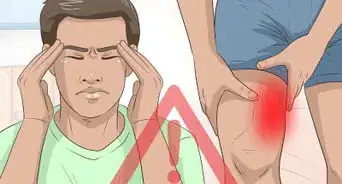
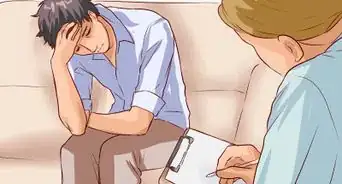
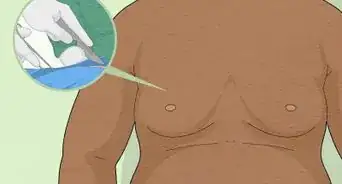
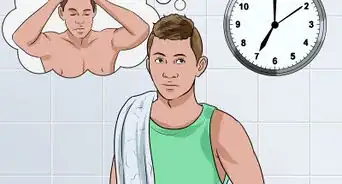








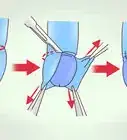

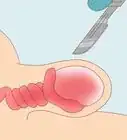



































Medical Disclaimer
The content of this article is not intended to be a substitute for professional medical advice, examination, diagnosis, or treatment. You should always contact your doctor or other qualified healthcare professional before starting, changing, or stopping any kind of health treatment.
Read More...